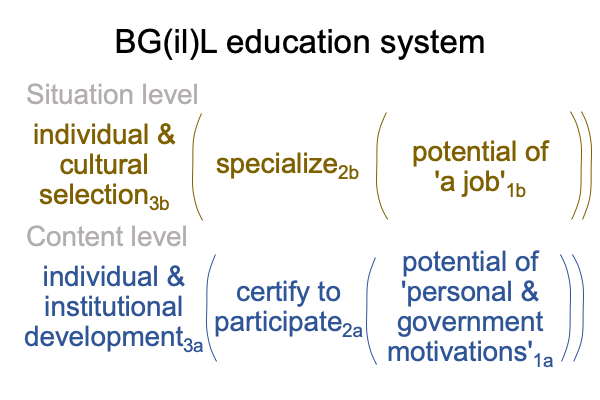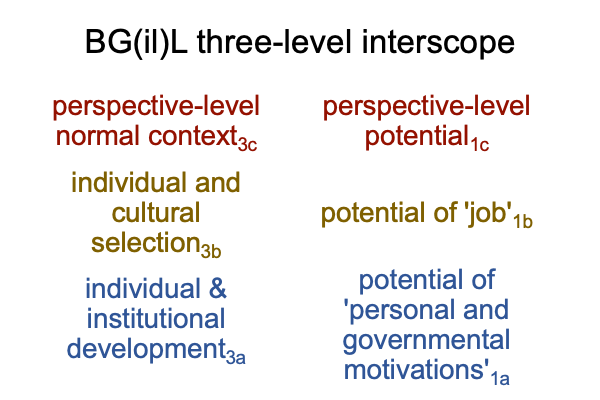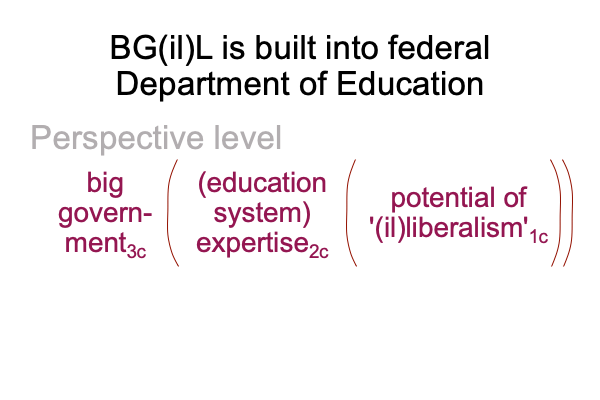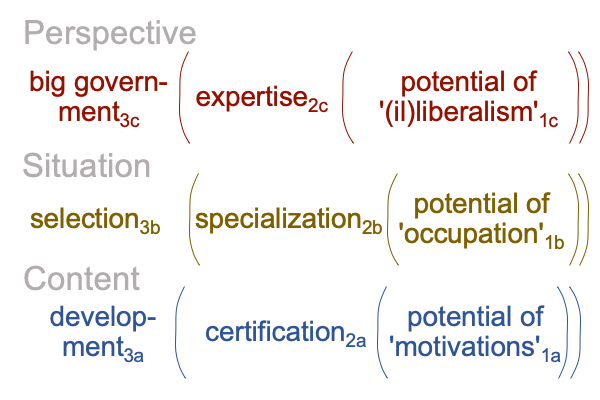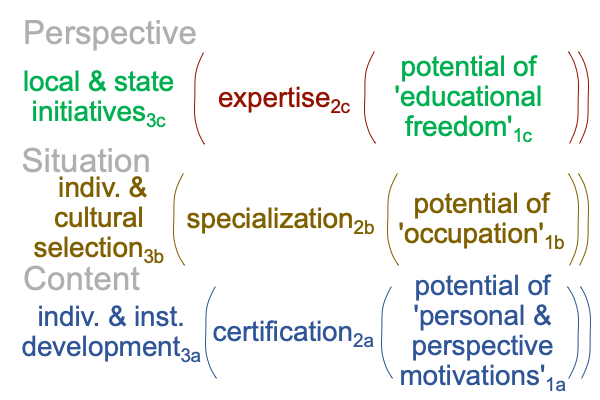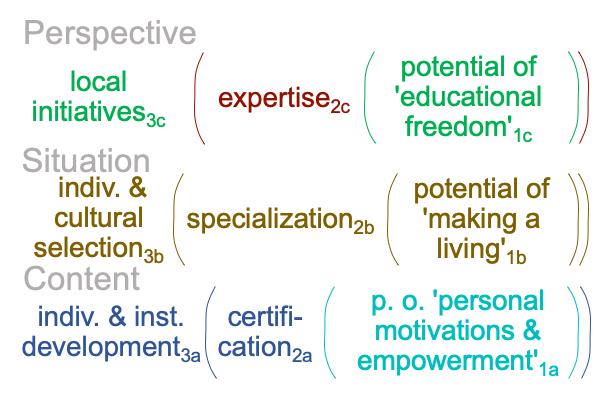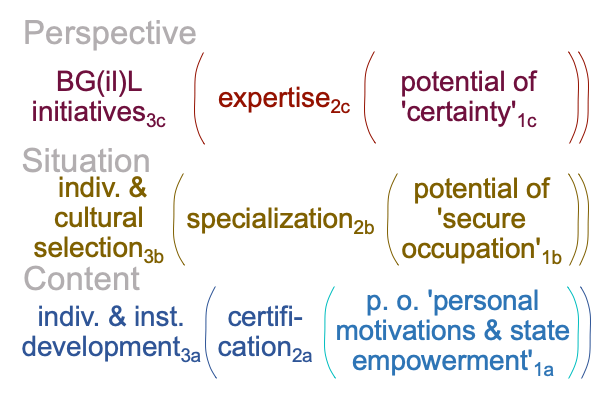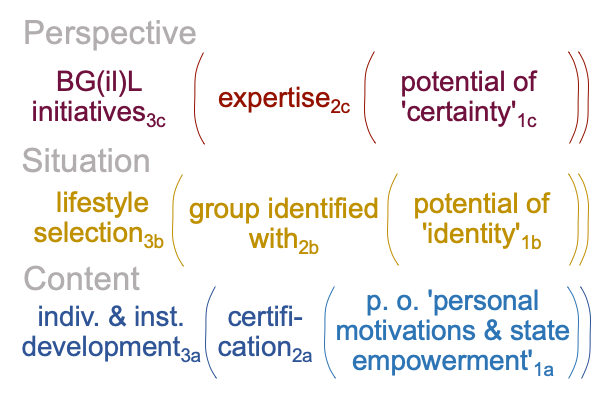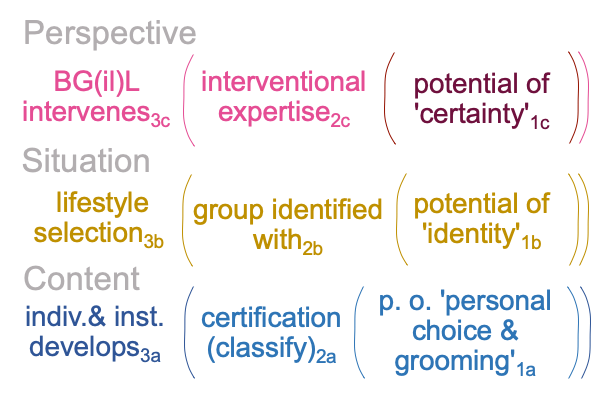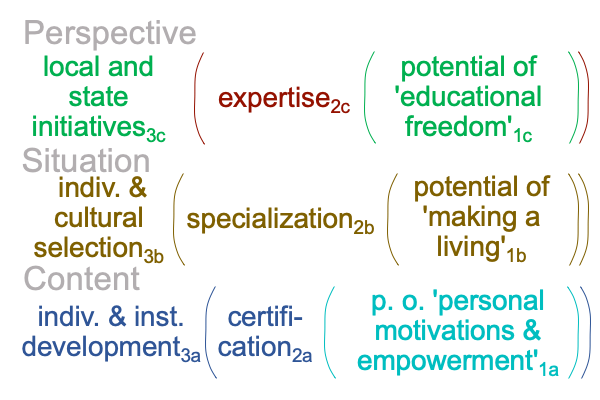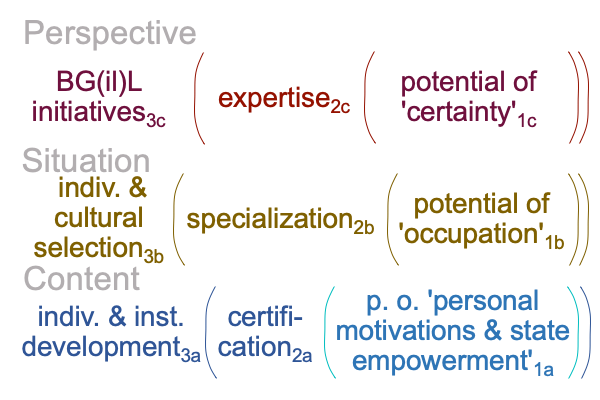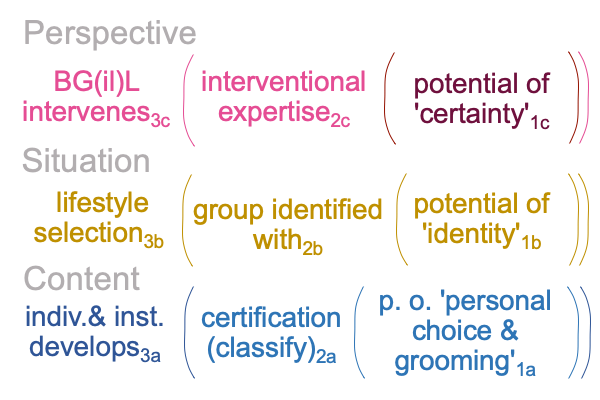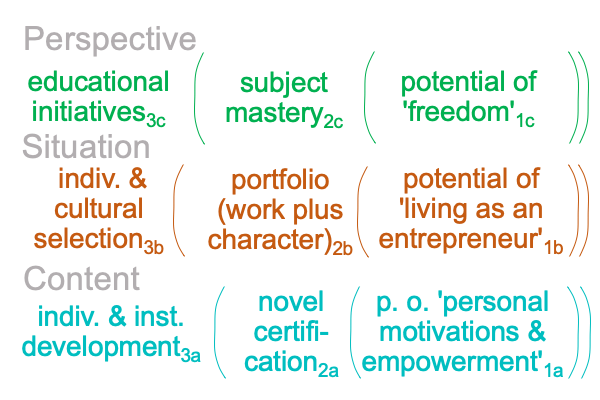Looking at Betsy DeVos’s Book (2022) “Hostages No More” (Part 1 of 8)
0001 Betsy DeVos serves as the eleventh Secretary of Education of the US Federal Government. She advocates for reform. She speaks for herself. Whether her message is heard by the people is another matter. Her book’s full title is Hostages No More: The Fight for Education Freedom and the Future of the American Child. The publisher is Center Street (Nashville, New York), a division of Hachette Book Group (New York).
0002 Hachette?
Isn’t that French for “tiny axe”?
0003 Well, I have my own little cognitive hatchet. It is called the category-based nested form. I used this tool in the May 2023 blog (www.raziemah.com), Looking at Heather Heying and Bret Weinsteins’s Book (2021) “A Hunter-Gather’s Guide to the 21st Century”.
Heather Heying and Bret Weinstein resigned from modern higher education in 2017 and are now offering guidance, in the form of the Darkhorse podcast. These two were not about to be held hostage by the minions of big government (il)liberalism (BG(il)L: spoken “bigilib”).
Why did these two professors run from the BG(il)L education system?
Perhaps, it no longer teaches critical thinking, unless, of course, one alters the definition of the term, “critical”.
Does “critical” mean “be skeptical” or does it mean “situate by Marxist resentment”? Most people would point to the former, but educators teaching so-called “critical theory” technically indicate the latter.
The April 2023 blog, Looking at Gad Saad’s Book (2020) “Parasitic Mind”, educes a three-level interscope where three normal contexts align. Social justice3c virtually brings critical theory3b into relation with the potential of social constructivism3a.
0004 Saad’s reality makes Betsy DeVos’s book intriguing.
Do the nested forms obtained in prior examinations apply to Betsy DeVos’s work?
What does that imply?
That is all I axe.

